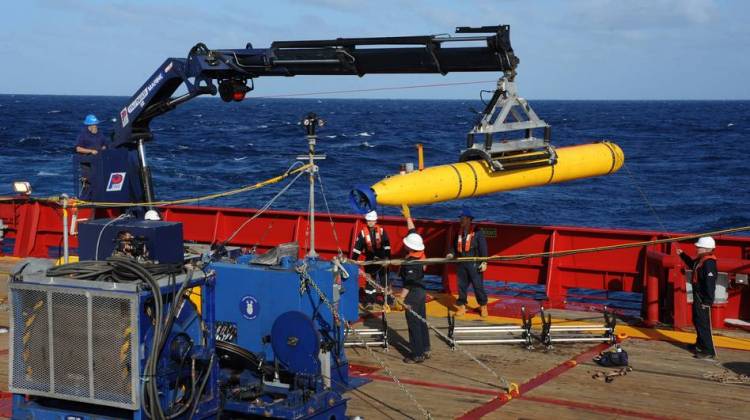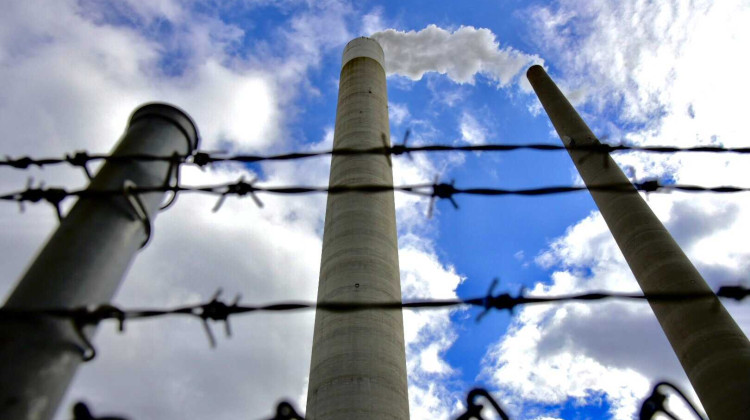On Day 38, the latest developments in the search for Malaysia Airlines Flight 370 come from the surface of the Indian Ocean and more than 2 miles beneath on the sea floor.
- Search Goes Below. "Underwater vehicle Bluefin-21 deployed to find plane's wreckage." (The Sydney Morning Herald)
"Searchers are about to send an 'autonomous underwater vehicle' four kilometers underwater to look for the wreckage of flight MH370 on the sea floor," the Morning Herald writes. That vehicle will start mapping the sea floor in the area, about 1,400 miles northwest of Perth, Australia. It's there that "pings," which might have been coming from the jet's black boxes, were detected a week or so ago.
The Bluefin is a U.S. Navy autonomous underwater vehicle that is on loan to the multinational search effort. It's hoped that if wreckage from Flight 370 is lying on the sea floor, the Bluefin's mapping will spot it.
- Oil Slick To Be Analyzed. "Investigators have collected samples from an oil slick discovered in the search area." (Los Angeles Times)
"Searchers will work to send the oil slick sample, collected Sunday evening, to a laboratory on shore for analysis," the Times reports. According to retired Australian air chief marshal Angus Houston: "We don't think it's from the ships."
Background
The jet, with 239 passengers and crew on board, was about one hour into a flight from Kuala Lumpur to Beijing in the early morning hours of March 8 (local time) when it was last heard from. Flight 370 was headed north over the Gulf of Thailand as it approached Vietnamese airspace.
Investigators believe the plane turned west, flew back over the Malay Peninsula, then out over the Indian Ocean before turning south toward Australia. They're basing those conclusions largely on data collected by a satellite system that received some information from the aircraft. The critical question — why did it turn? — remains unanswered.
9(MDEwMDc1MzM3MDEzNDczOTA0MDc1MzViMQ001))
 DONATE
DONATE








 View More Programs
View More Programs



 Support WFYI. We can't do it without you.
Support WFYI. We can't do it without you.